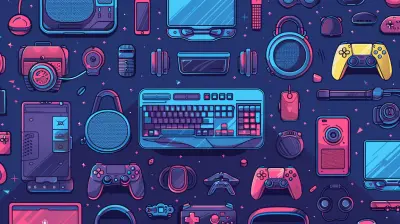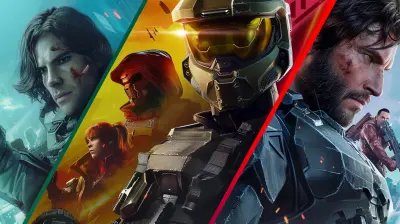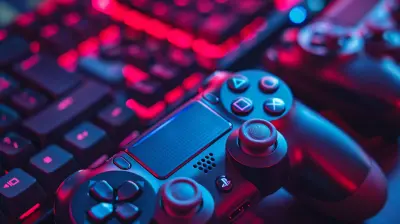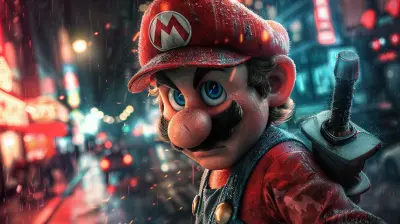How Motion Capture Elevates Character Animations in Games
2 April 2025
Have you ever wondered how modern video games bring characters to life so realistically? You know, the kind of fluid movements and subtle expressions that make you feel like you're watching a real person on screen. Well, the secret sauce behind all that magic is motion capture—or "mocap" for short. It’s not just another tech buzzword; it’s one of the most revolutionary tools shaping the gaming industry today. In this article, we'll dive deep into how motion capture elevates character animations, why it’s such a game-changer (pun intended), and what makes it so essential in crafting engaging gaming experiences.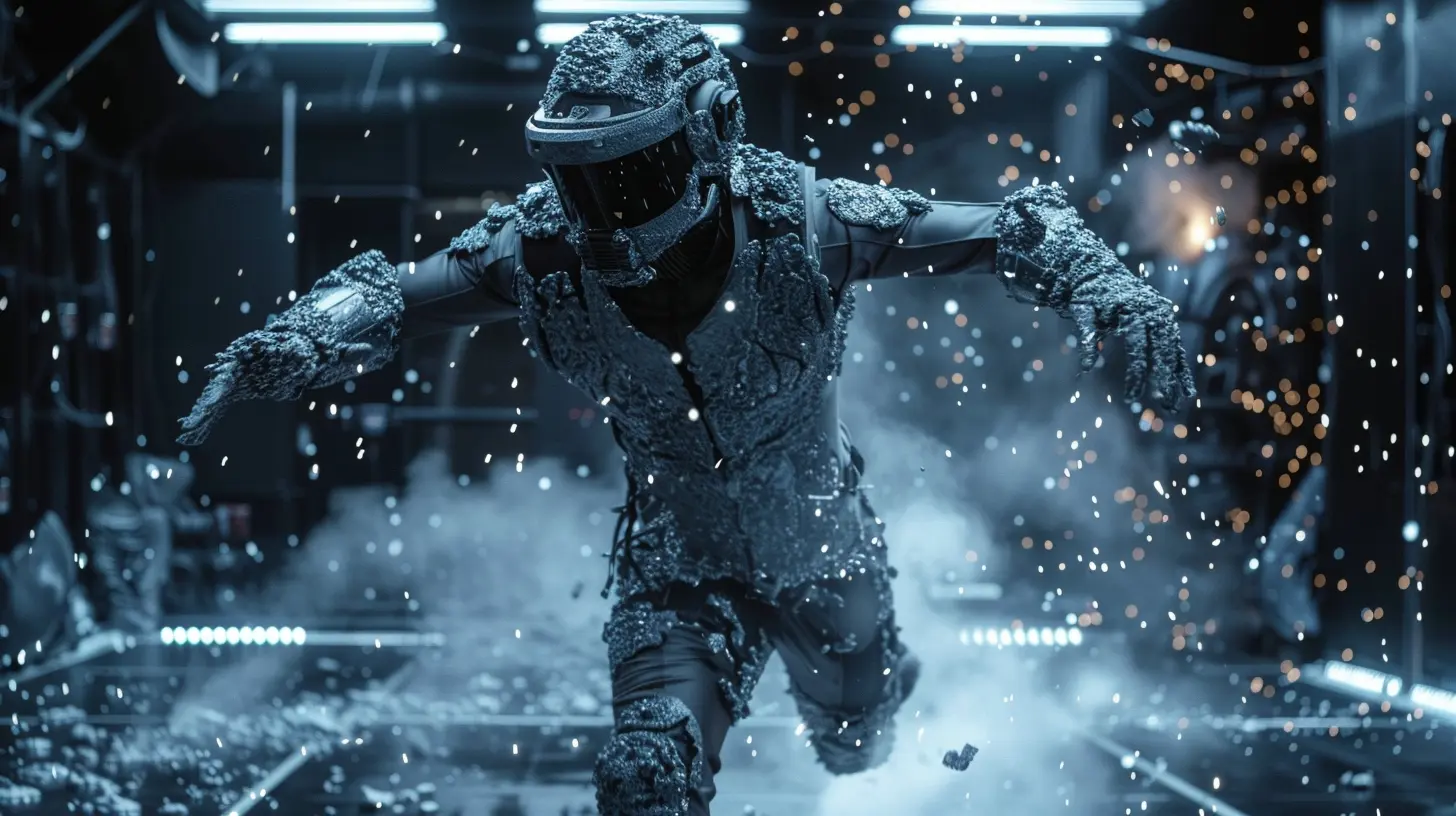
What Is Motion Capture, Anyway?
Alright, first things first—what exactly is motion capture? Think of it as a blend of performance art and science. It’s a technology that records an actor's movements and translates them into digital animations. Essentially, you’ve got a real person wearing a snug bodysuit covered in reflective markers, moving around in front of a bunch of cameras. These cameras track every movement—every jump, punch, facial twitch, and even a raised eyebrow.Motion capture doesn’t just mimic human motion; it is human motion, captured and refined to fit digital environments. It’s like painting with pixels, except the brush is a real person acting their heart out. Pretty cool, right?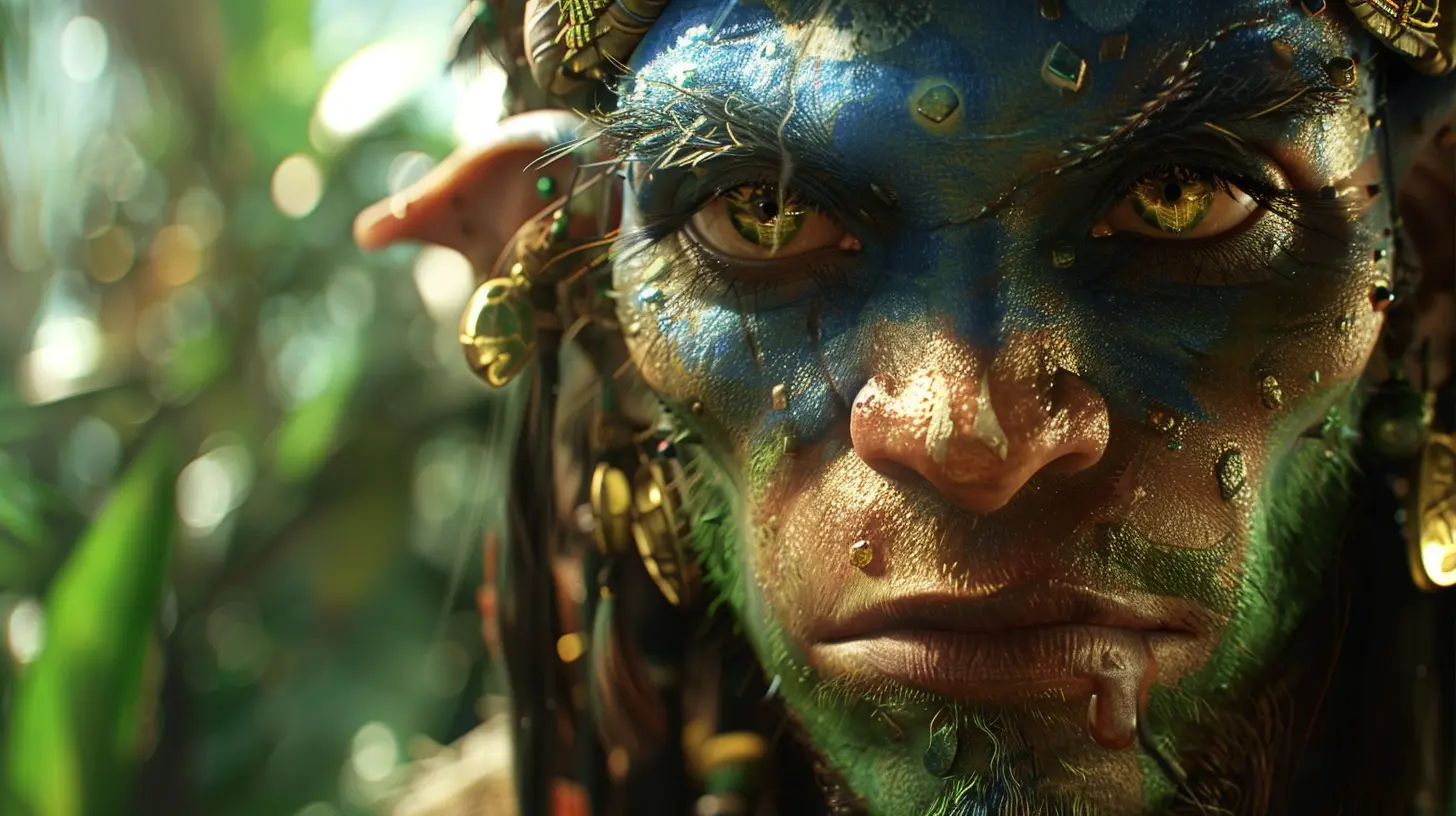
The Problem with Traditional Animation
Before motion capture became a thing, animators used to create character movements by hand—frame by frame. This process, often called "keyframe animation," is insanely time-consuming. Imagine trying to animate every single step of a walking character while keeping it smooth and lifelike. It’s like trying to write a novel using a typewriter with sticky keys—it works, but it’s a total grind.Moreover, keyframe animation often lacked the tiny nuances that make movements feel organic. A character might walk, sure, but would they have that slight sway of the hips or the subtle bounce in their step? Probably not. Human movements are messy and imperfect. Capturing that complexity by hand is next to impossible. That’s where motion capture swoops in like your favorite video game hero to save the day.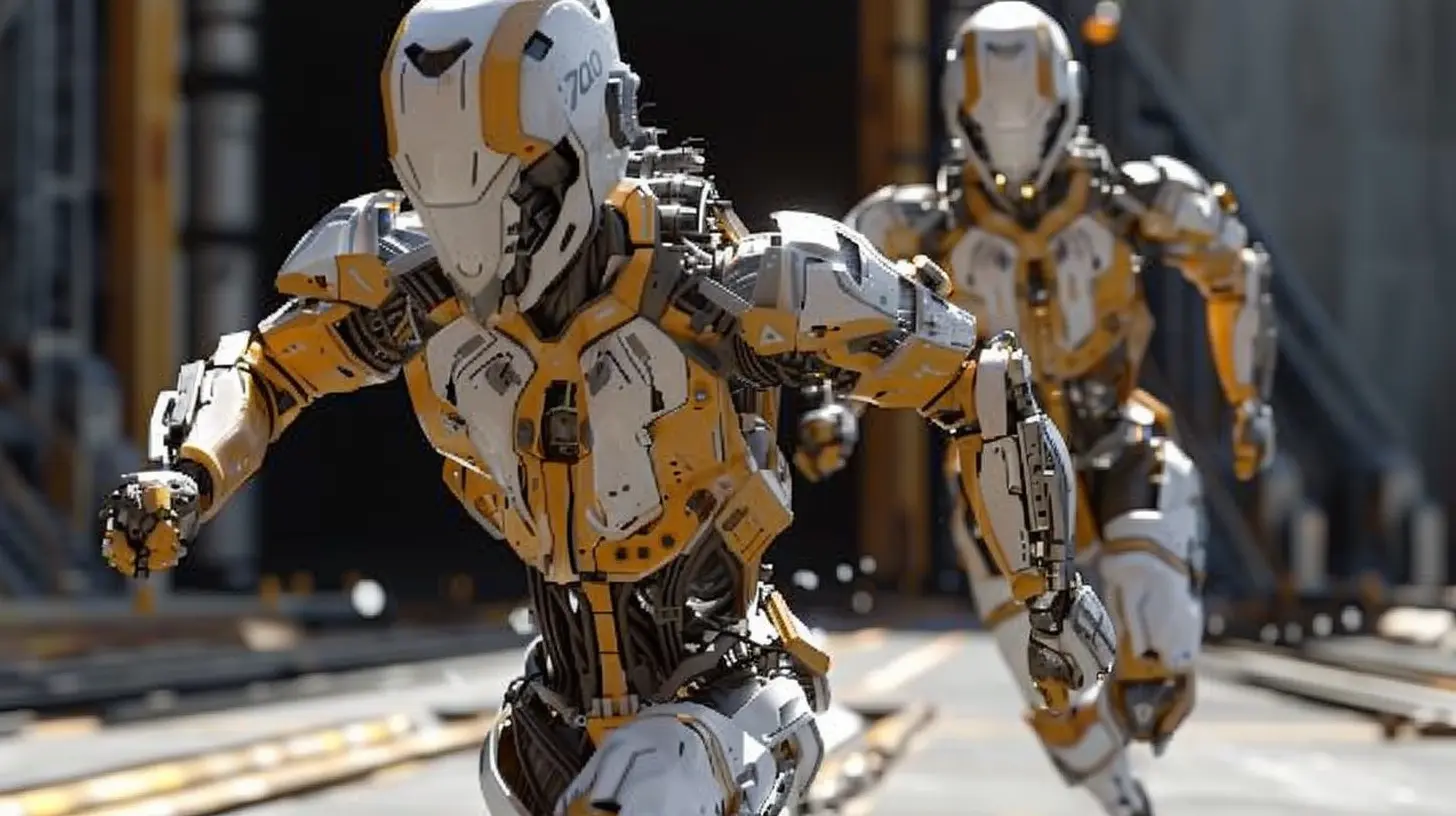
How Motion Capture Changes the Game
1. It Adds Realism to Character Animations
Let’s face it: we’ve all seen games with clunky, robotic movements that make us cringe. Motion capture fixes that by offering ultra-realistic animations. When real actors perform the actions, you can capture the weight shifts, momentum, and micro-movements that make each motion feel authentic. Whether it’s a knight swinging a sword or a teenager dancing awkwardly in the rain, mocap ensures the animations feel human—because, well, they are human.
Ever played a game like The Last of Us or Red Dead Redemption 2? The characters don’t just walk or run; they limp when injured, glance nervously in dangerous situations, or casually lean against a wall while chatting. These aren’t just animations—they’re performances brought to life through motion capture.
2. It Captures Emotion Through Facial Mocap
Motion capture isn’t just for bodies; it’s a game-changer for faces, too. Facial mocap captures an actor’s expressions, down to the smallest flicker of emotion. You know that heartbreaking scene in The Last of Us Part II (if you’ve played it, you know the one)? Yep, that raw emotion was thanks to mocap.With facial tracking tech, developers can recreate subtle emotions like smirks, frowns, and wide-eyed surprise. It bridges the gap between characters and players, making their stories hit harder. Let’s be real—who hasn’t teared up watching a well-acted cutscene? Facial mocap makes that connection possible.
3. It Saves Time and Resources
Remember how I said traditional animation is time-consuming? Mocap speeds things up—big time. Instead of spending weeks animating a single sequence, developers can record an actor performing the scene in just a few hours. Sure, there’s still cleanup and post-processing work to make everything game-ready, but it’s nowhere near as labor-intensive as manually animating from scratch.For studios working with tight deadlines and even tighter budgets, motion capture can be a lifesaver. Time saved on animation can be spent refining other areas of the game, like world-building, gameplay mechanics, or adding Easter eggs for fans to find.
4. It Elevates Gameplay Immersion
There’s something magical about stepping into a world where everything feels alive. Motion capture helps blur the line between reality and fiction, pulling players deeper into the experience. Take God of War (2018), for example. Kratos and Atreus's relationship wouldn’t have felt half as believable without the nuanced performances of the actors behind them.And it’s not just about the big, emotional moments. Even subtle animations—like how Kratos reaches for his axe or how Atreus pets a wolf—add layers of immersion. These aren’t just characters; they’re living, breathing entities that react to the world around them.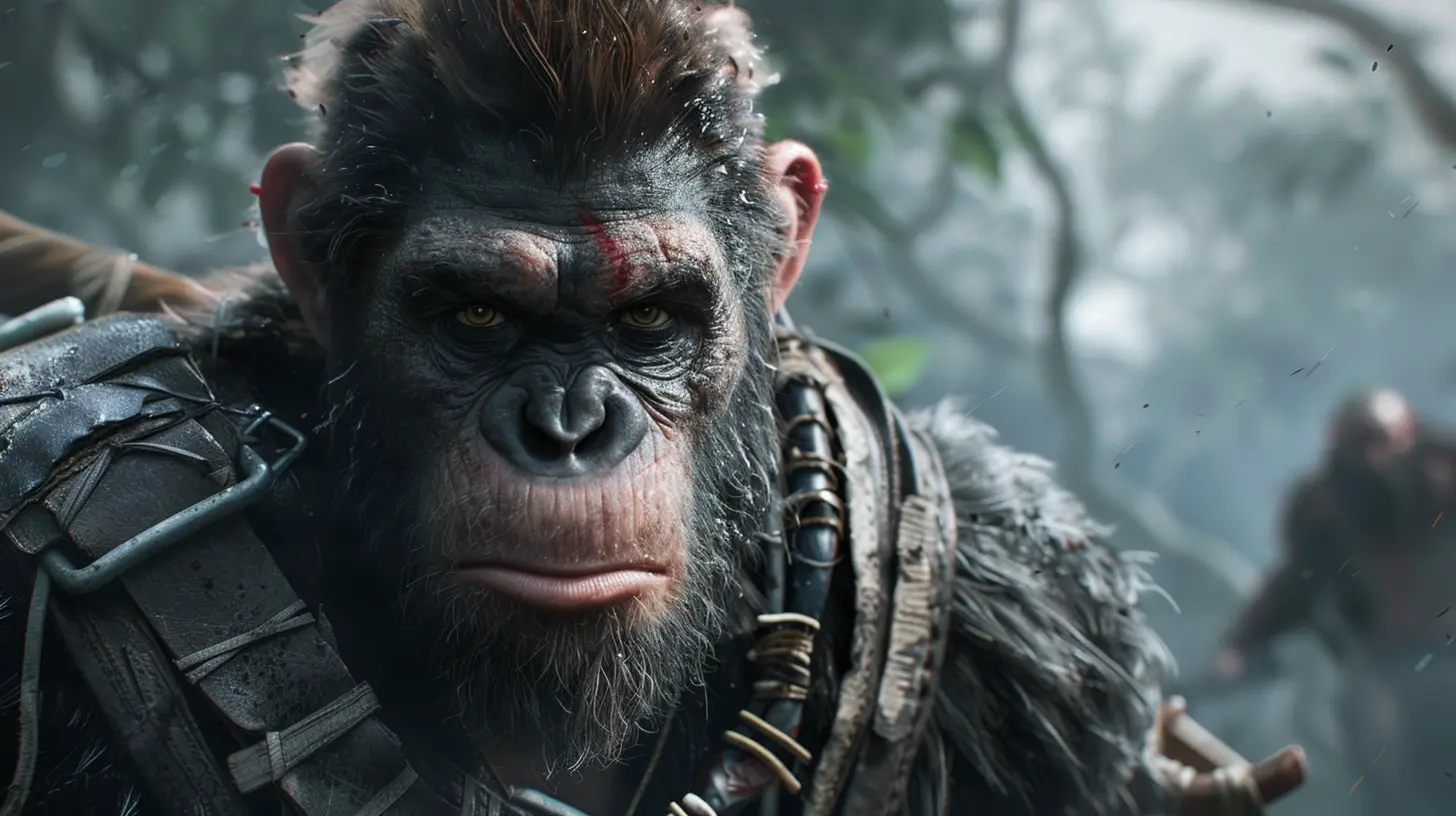
Challenges in Motion Capture
Of course, motion capture isn’t without its hiccups. It’s not some magical “plug-and-play” tool. For one, it’s expensive. The equipment, studio setup, and skilled technicians required to pull off mocap can cost a small fortune—something indie devs might struggle with.It’s also not perfect out of the box. Raw mocap data can look jittery or too messy to use directly, which is why animators still need to step in for cleanup work. And let’s not forget the actors. Not everyone can adapt to performing while wearing a skin-tight suit littered with reflective balls. It’s awkward, no doubt, but when you’ve got talented performers behind the scenes, the results speak for themselves.
The Future of Motion Capture in Gaming
The world of motion capture is constantly evolving, and honestly, it’s exciting to think about where it’s headed. With advancements in machine learning and AI, we’re starting to see tools that make mocap even more accessible. For instance, companies are experimenting with markerless mocap technology, which ditches the suits entirely. Imagine recording lifelike animations with just a standard camera setup—that’s where we’re headed.There’s also the rise of real-time mocap, which allows developers to see animations instantly applied to a digital character. This means faster iteration and the ability to make tweaks on the spot—a dream come true for time-crunched game studios.
Why Motion Capture Matters to Players
At the end of the day, motion capture isn’t just about fancy tech; it’s about storytelling. It’s about creating characters that feel real, so players can form emotional connections with them. It’s what makes you root for the hero, despise the villain, or feel gutted when a beloved character meets their untimely demise.In a way, motion capture is like the invisible glue that holds together the art and science of gaming. You might not always notice it, but trust me—without it, the gaming world just wouldn’t be the same.
all images in this post were generated using AI tools
Category:
Video Game GraphicsAuthor:

Brianna Reyes
Discussion
rate this article
5 comments
Naya Ellison
Motion capture bridges reality and artistry, imbuing characters with authenticity that resonates deeply.
April 16, 2025 at 4:28 PM

Brianna Reyes
Thank you! I completely agree—motion capture truly enhances the emotional depth and realism of characters, making player connections more impactful.
Allegra Simon
Motion capture truly revolutionizes character animations in gaming. By capturing real human movements, it adds a level of realism and emotional depth that traditional animation struggles to achieve. The result is more immersive gameplay and believable characters, which significantly enhances the overall gaming experience. A game-changer indeed!
April 9, 2025 at 4:48 AM

Brianna Reyes
Thank you! I'm glad you enjoyed the article. Motion capture truly does enhance realism and immersion in gaming, making characters feel more alive and relatable.
Ardent Simon
Oh sure, because nothing screams “lifelike” like watching a bunch of actors flail around in spandex suits while we pretend they aren't just really committed to looking ridiculous. Bravo, motion capture! Truly the pinnacle of human artistry—who needs actual talent when we have high-tech onesies?
April 7, 2025 at 4:35 PM

Brianna Reyes
While motion capture may seem silly at first glance, it actually enhances the authenticity and fluidity of character animations, allowing for more immersive storytelling in games.
Roxanne Mathews
Motion capture: because why settle for characters that move like marionettes when you can have them dance like they've just discovered Wi-Fi? Here's to animators getting their daily workout while making our gaming worlds a little more life-like!
April 6, 2025 at 3:34 AM

Brianna Reyes
Thank you! Motion capture truly transforms character animations, blending realism with creativity to enhance our gaming experiences.
Juno Hunter
Great article! Motion capture truly transforms character animations, bringing them to life in ways traditional methods can't. It enhances emotional depth and realism, making gameplay much more immersive. Thank you for sharing these insights!
April 5, 2025 at 4:32 PM

Brianna Reyes
Thank you for your kind words! I'm glad you enjoyed the article and appreciate the impact of motion capture on character animations.
